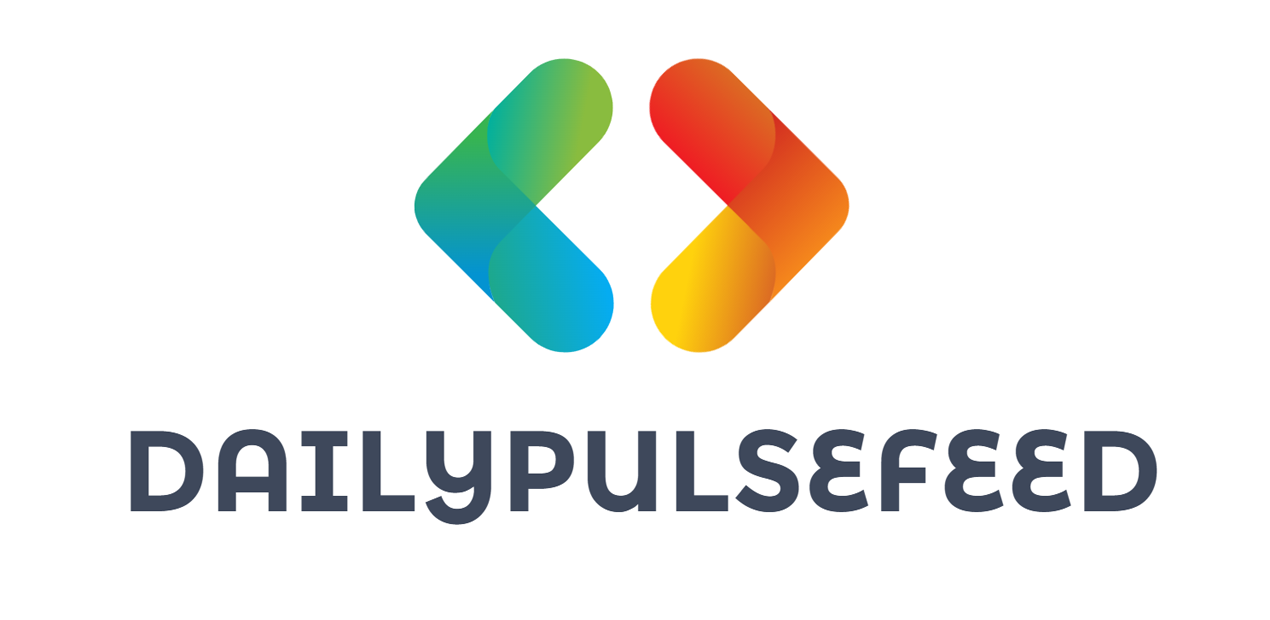Smile Brighter: The Urgent Need to Revolutionize Dental Care Access

Dental Health Disparities: Bridging the Gap for Washington's Children
The dental care crisis in Washington State is more than just a healthcare challenge—it's a critical issue affecting the well-being of children and adults across our communities. While the Legislature has been making strategic investments to address this gap, significant work remains to ensure comprehensive oral healthcare access.
Children from underserved and low-income backgrounds often face substantial barriers to receiving essential dental services. These obstacles not only impact their immediate oral health but can also lead to long-term consequences affecting overall physical health, academic performance, and future quality of life.
Recent legislative efforts demonstrate a growing recognition of these challenges. By focusing on policy reforms and innovative care delivery models, Washington has the opportunity to transform its dental healthcare landscape. Key strategies include expanding community clinic networks, increasing Medicaid dental coverage, and developing targeted prevention programs.
Collaborative approaches involving healthcare providers, policymakers, and community organizations are crucial. By working together, we can create sustainable solutions that provide equitable dental care access for all of Washington's children, regardless of their socioeconomic background.
The path forward requires continued commitment, creative problem-solving, and a shared vision of health equity. Our children's smiles—and their future—depend on it.
